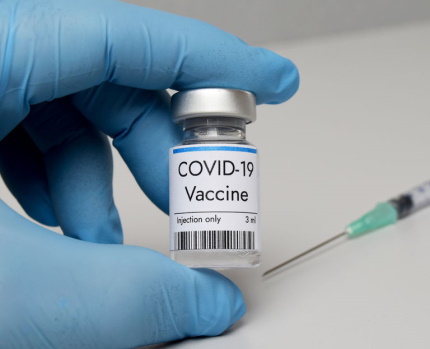Shares of Pfizer (PFE) are down 20% from their early December 52-week peak at $43.08 and have been hovering around their 200-day moving average for seven-straight sessions. There is still risk towards the $34.25 down to $34 area on continued weakness with the recent low tapping $34.27 earlier this month.
There are a number of reasons for the disappointing performance, with the most recent being the company’s earnings results. PFE reported fourth-quarter numbers of 42 cents a share on revenue of $11.7 billion versus forecasts for a profit of 48 cents a share on sales of $11.43 billion.
The good news was the revenue beat, along with the fact that PFE raised its 2021 adjusted earnings per share view to $3.10-$3.20 versus expectations of $3.19 per share. (The prior view was $3.00-$3.10.) Additionally, 2021 revenue was projected at $59.4-$61.4 billion versus consensus at $56.72 billion.
Of course, the run past $43 in early December was in anticipation of the approval of Pfizer’s COVID-19 vaccine program. Although it has been labeled a success, there is some concern that Moderna’s vaccine will outperform Pfizer’s in 2021 due to some of the cold storage requirements of the latter.
While this could be the case concerning COVID-19, some of the bigger concerns that have hurt PFE stock is the lower sales of another drug, Lyrica, which recently went off-patent while sales were declining rapidly. This was a disappointment, but the company still has a number of other blockbuster drugs in its pipeline.
One of them is tanezumab, an osteoarthritis drug, which is in Phase 3 trials. Additionally, PFE expects the Food and Drug Administration to make a decision in June on the pneumococcal vaccine that is the successor to Prevnar 13. This vaccine helps protect against the 13 types of pneumococcal bacteria that most commonly cause serious infections in children and adults.
PFE still has a lot of growth opportunities, and will make a lot of money on its COVID-19 vaccine. Given stock’s recent weakness, however, PFE looks very attractive at current levels. The current dividend yield is at 4.5% with a quarterly payment of 39 cents, and an annual payout of $1.56 per share.
For aggressive option traders, the Pfizer March 36 calls are trading for 50 cents and could double from current levels if shares can hold near-term support and make their way back towards $37 by mid-March. At this level, the aforementioned calls would be $1 in the money.
If shares fall below the $34 level over the near term, traders could exit the aforementioned call options to save the remaining premium, as there is additional risk towards the $32.25 down to $32 area and levels from late October.






